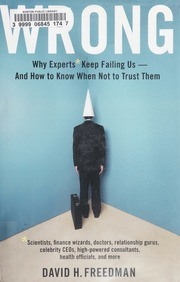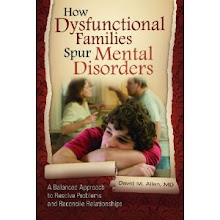One of the keys aspects of the psychotherapy paradigm I write about is that family member often sacrifice part of themselves if the kin group seems to need them to. Americans can have trouble seeing that since it contradicts a common world view that they have.
However, the forces of togetherness have not disappeared. In fact, the idea that a collectively held ethical system should champion the individual is inherently paradoxical. Those of us who like to view ourselves as free to pick and choose which collective norms we will adhere to and which we will reject must face the fact that this freedom is granted to us by the group. It can also be taken away by the group. In addition, we learn how to be self-sufficient only through training given to us by our family system.
This creates an internal contradiction
which is characteristic of dialectical systems. As individuated as we are, we
are all still part of a collective.
A Communist is, by definition, an individual who has accepted an egalitarian variant of collectivism as a personal philosophy. That is, he or she believes that the needs of society are more important than personal ambition and that everyone should be an equal partner. For instance, after the theoretical demise of the "dictatorship of the proletariat," all decisions in a factory are supposed to be made collectively by the workers for the "greater good." No one would work "for" anyone else. In taking a position against personal aggrandizement, the Communist is taking a position in which the balance between the individual and the group tilts more towards the later than does the prevailing American ethic.
But can an American act out this philosophy successfully? Two characteristics of the campus radicals were revealing. First, they often touted their own ideas as being superior to the ideas of the American "establishment." Most of the Communists that I encountered were the most elitist people I had ever met. They thought they knew more about what is right and wrong than anyone else. Paradoxically, elitism is contrary to Communist philosophy! Another interesting characteristic of the leftists was that they frequently praised the rather individualistic ethic of "doing your own thing." This last often included rock music and sexual freedom, two commodities which were rare in Communist countries, precisely because of their individualistic nature. In fact, most American Communists have done rather poorly in communist countries, which is why so few of them actually defected.
The collectivism of the campus radical was in reality a rebellious response, and therefore tied to the prevailing individualistic ethic rather than truly separate from it. By becoming a Communist, it is clear that they were setting themselves apart from the mainstream of American thought, since the vast majority of Americans consider Communism as either totalitarian or unrealistic, and therefore best avoided.
By distancing themselves from their own culture, which is the collective to which they themselves belonged, these students were for all intents and purposes more individualistic than the Americans they criticized.
The balance between the forces of individuality and togetherness that is prevalent in the United States colors everything we do and, without a doubt, colors our ideas about what drives people to do the things they do. For example, Freud's psychoanalysis found a ready market within the more liberal segments of American society in the early part of this century. One of the reasons may have been its initial emphasis on the pleasure principle and on intrapsychic rather than interpersonal factors in neurotic behavior.
Americans like to think of themselves as somehow responsible for their own problems and motivated by a strong self-interest. Even those persons who are diagnosed as character-disordered and seem to blame everyone but themselves for their own problems often ultimately blame themselves for not being able to cope with the problem behaviors of others. We are not, unfortunately, as free from collective obligations as we might like to think.

















